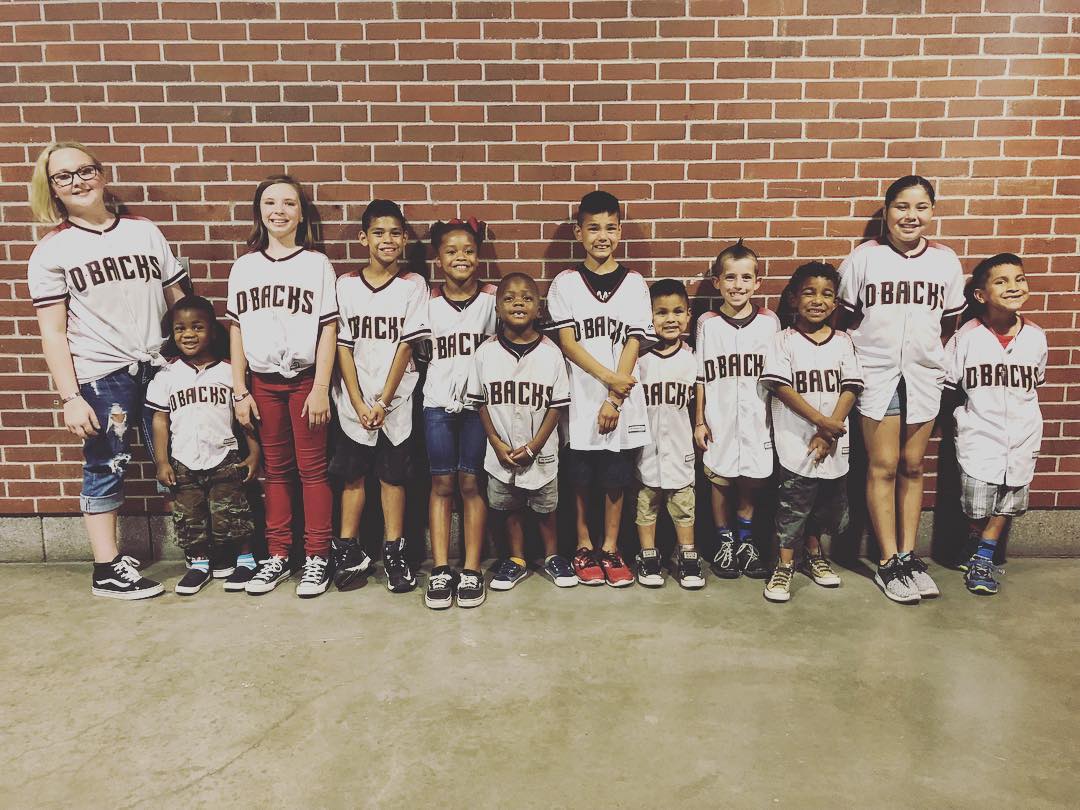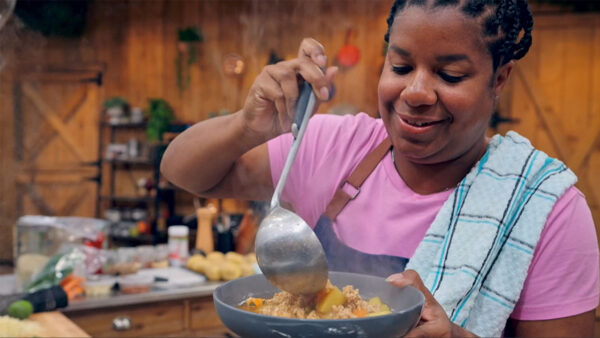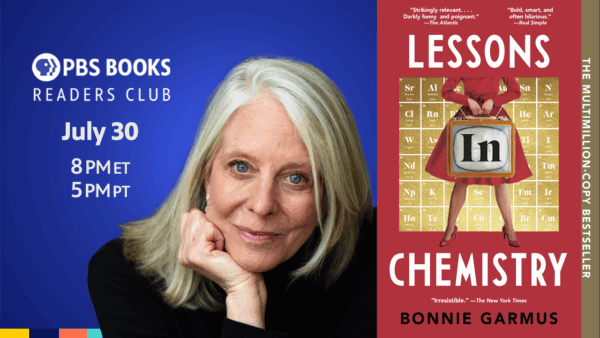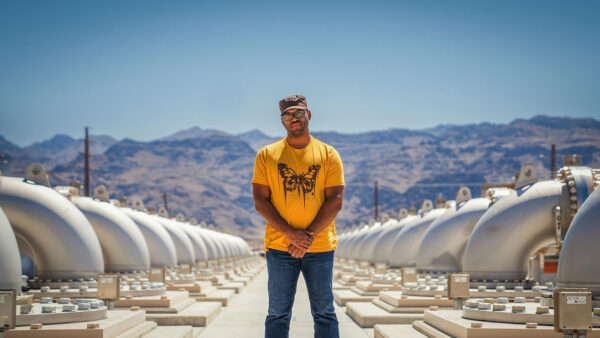Did you miss part 1 of Arizona’s Children? Read here.
In Arizona, the number of children in foster care out-number the amount of licensed foster homes by about 3-1. In June of 2018, there were 14,491 children in the system compared to only 4,461 licensed homes, according to DCS.
Amy Carney has four biological children, including triplets about to go to college and a 16-year-old daughter. They also have an adopted son.
She and her husband started fostering six years ago, as they’ve taken two boys and a girl on two different occasions.
“We saw there was a need, and my husband (Keith) used to be a pro hockey player and we have the means to help someone, so we decided to do that,” Carney said.
She and her husband adopted two years ago, and are focusing on their adoptive kids for the time being, but they’ve been involved in not only foster care, but respite and mentoring as well.
Mister Rogers’ Neighborhood: Helping children Understand Adoption
“It’s not really what works for us. The kids need us. The kids need us, so we have to get out of our comfort zone and have to open our homes and hearts out to these kids who need this. We’re a family that can do it, and do do it,” she said.
She discovered her adopted son when she was mentoring a teenage girl who lived in a group home. She first saw the 10-year-old boy at a children’s heart gallery event while with the girl she was mentoring.
“I instantly fell in love with him,” Carney said. “I came home and told my kids and told my husband about this little boy and they all thought I was absolutely crazy and that we didn’t need to adopt this child, we’re a very busy family, we already have four kids.
“But we looked into his story and he just fit.”
A message she had for prospective foster parents?

“Just get licensed. Start the process… It takes a long time. It’s six-to-eight months just to get licensed.”
Foster parent Kate Hursh and her husband don’t have any biological children, but they have adopted 12 children in all, eight boys and four girls. Their oldest is 12 years old, and they obtained her through a birthmother. The youngest is three years old. They finalized their last adoption in April.
PBS LearningMedia: Tough Love | Who Makes The Call?
“When we found out that there were like 10,000 kids in care at the time (12 years ago)… we’re like ‘where are those kids,’ so we thought, let’s just see if we can foster and help a little.
“We just saw this need grow and grow and grow, and every time we could we just would open up another bed and things escalated quickly in our house,” Hursh laughed.
Whenever they got a call about siblings who came into care, they were quick to say yes. And over the 12 years, they had 45 children walk through their front door.
They all came in at varying ages. One was only two days old, and they picked the child up straight from the hospital. They’ve had a couple other infants as well.
“We’d love to be able to help parents reunify with their children as much as we can. Because a lot of times, the kids are in the system because their parents are in the system, and it becomes this terrible cycle.
“Our thought is, if we can help mentor the birth parents, then maybe they can break that cycle.”
But as is the case with many foster families, some children didn’t fit in the household, for various reasons.
The Hurshes also haven’t renewed their fostering license due to a new rule that was set in place that put a limit on the number of children — foster or biological — in a foster home at once. And their 12 surpasses the number which is set at eight.
The most children she and her husband have ever had inside their home at one time was 13. Their beds were all full, but they didn’t like the idea of putting a child in a group home, so they went ahead and bought another bed when a young boy was in need of a home. Hursh said that the child they took in had a sister, but they weren’t able to take her in since their van fit only 15 people. But they were able to take her on some weekends and holidays.

There was also a situation where a child was picked up directly from school and taken to Hursh’s house. And the child was thrilled.
“I think when you’re in a house like this, you get to see the other kids’ reactions — it helps the new ones coming in,” Hursh said. “A lot of times, with our family, we would sit down with a new kiddo and everybody would sit around and help explain the rules of the house.”
In this case, the child had been staying in a hotel room, and it turned out that she never would see her birth mom again. This child is one of the 12 that the Hursh family adopted.
Hursh said she has connections with nearly all of her adopted kids’ biological families, either parents, grandparents or another relative. And she said they’re all like one big family.
PBS: The F Word | F is for: Foster Care
One of her fondest memories of this entire process is when they first adopted their 11-year-old daughter, who was seven at the time. She came to them not being able to read. She had been to eight different schools, and was only in second grade.
“This little girl came and pretended like she knew how to read, and she had no idea. And within a few months, she worked so hard and taught herself to read, she got to the point where she was reading significantly above grade level.
“I remember the first thing she said to me when she got to our house. She said ‘I’ll never open up to you, I’ll never tell you what happened.’ And now she’s just like the most confident, in the student council, she’s on a competition dance team and she’s incredibly talented… It’s crazy that she came from total chaos, and disaster and trauma that she thought was normal.”
Hursh says that she hears all the time from either prospective or current foster families that they would have a hard time letting go of a child that they fostered. And she said that those are feelings that every foster family should have.
“What I say to everybody is if your heart doesn’t break, if you’re not wrecked when a child goes to reunify, even in the most amazing situation, even when you’re really happy for them to go home to a safe home, you’re doing it wrong. If you’re not broken, you’re doing it wrong, because you should be loving them with a reckless love that they deserved from day one.”
The Educational Outreach team at Arizona PBS has many vital resources for parents, instructors and teachers of young children. Vist az.pbslearningmedia.org for resources. Also, utilize the free Bright By Text program. It provides quality information and trusted resources to parents and caregivers of children prenatal to five.
)























